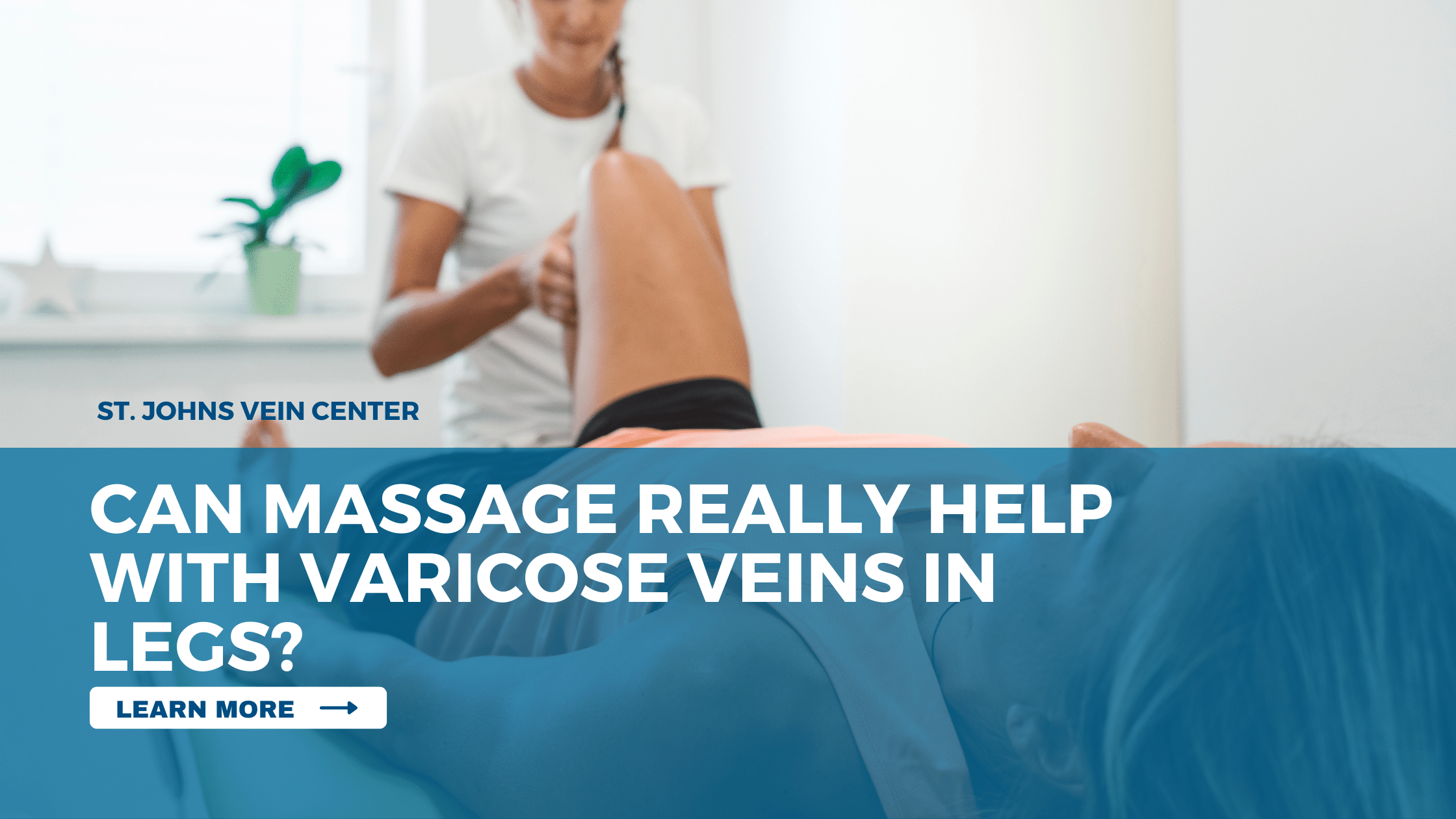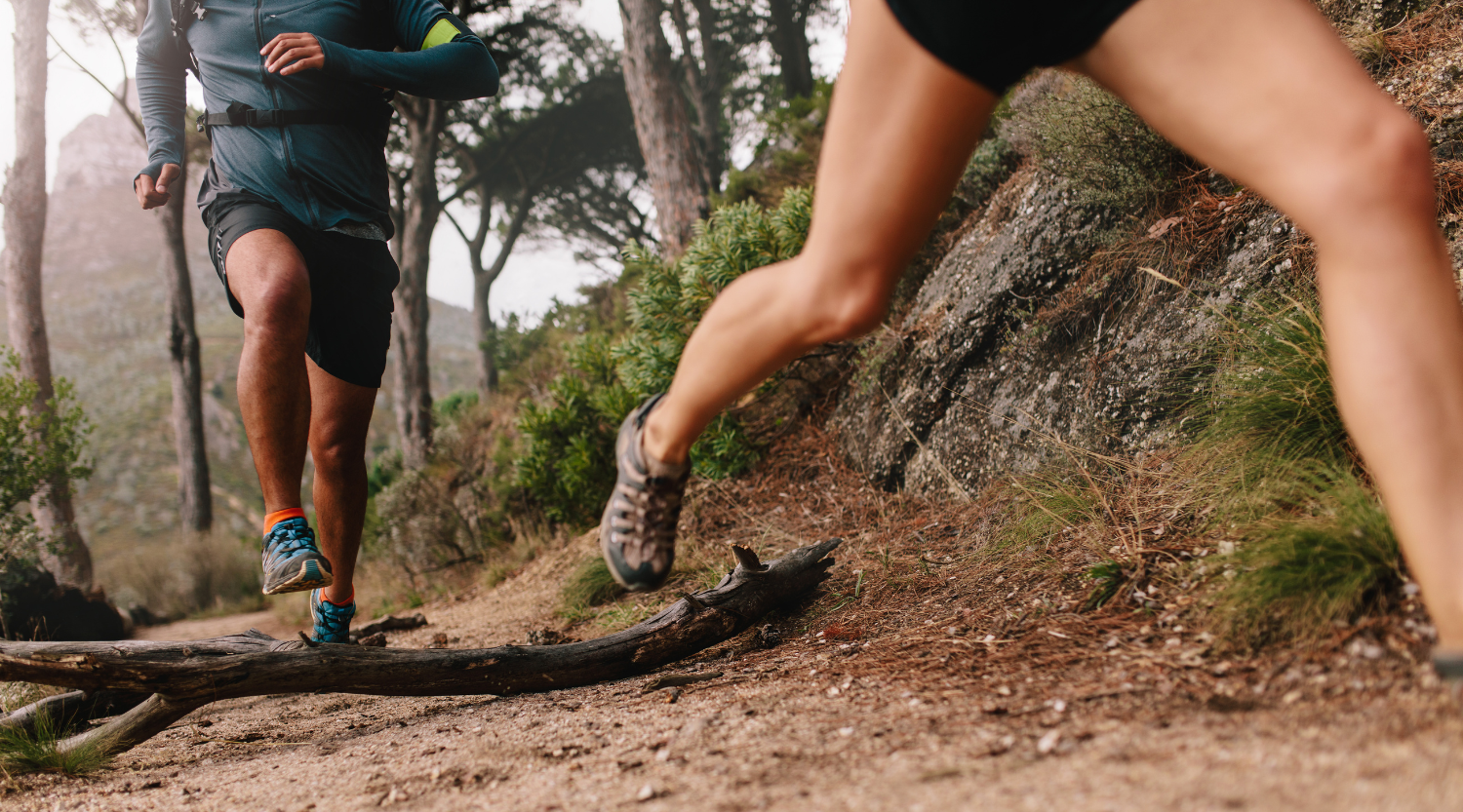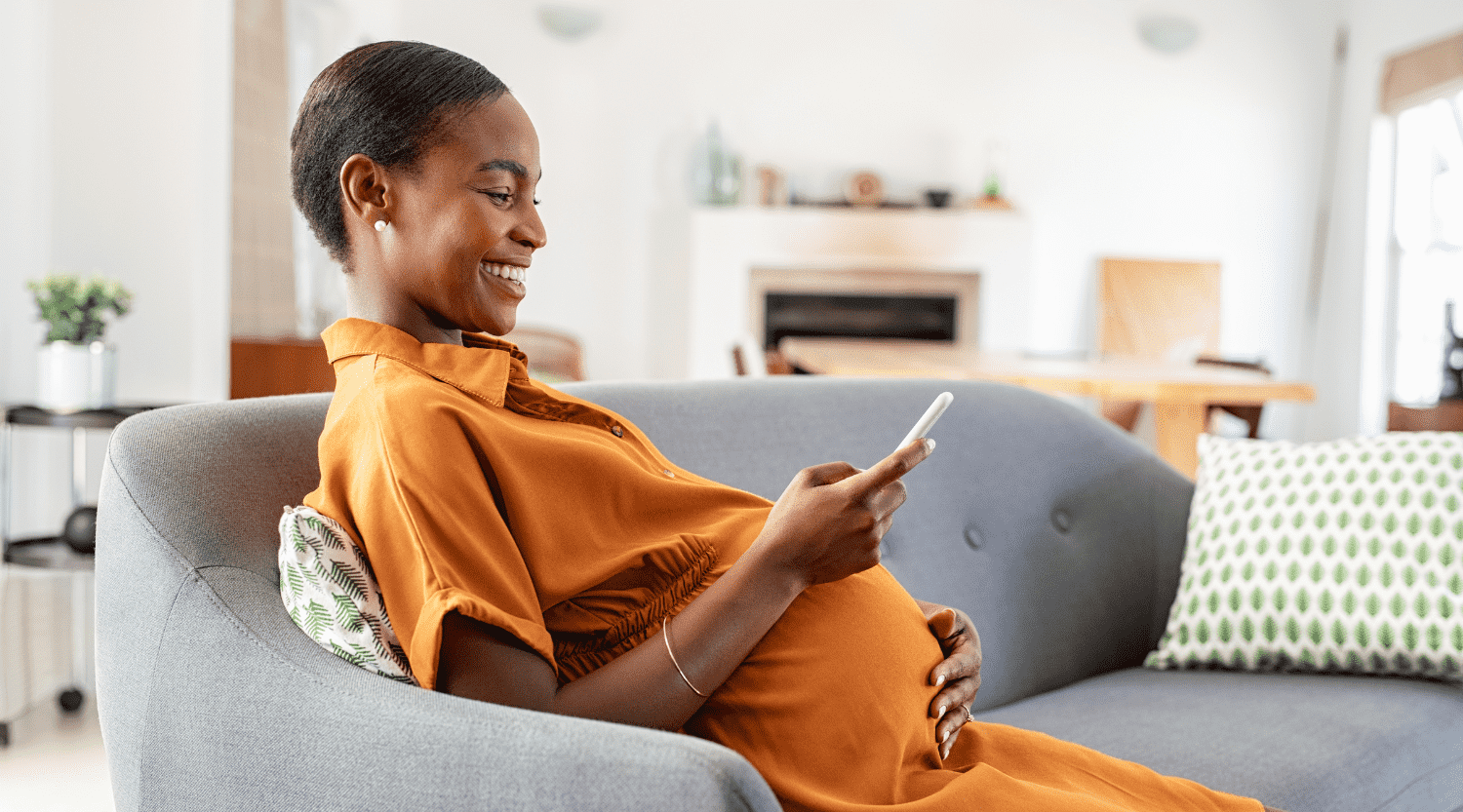Wondering if massage can help with varicose veins in your legs? This article explores the potential benefits and risks of using massage as a treatment option.
How can massage help with varicose veins?
Massage can help with varicose veins by improving circulation and reducing swelling in the affected area. By applying pressure to the legs, massage can help to push blood back up towards the heart, which can alleviate symptoms such as pain, heaviness, and fatigue. Additionally, massage can help to break up any blood clots that may have formed in the veins, which can reduce the risk of complications such as deep vein thrombosis. However, it’s important to note that massage should not be used as a substitute for medical treatment and should only be performed by a licensed massage therapist with experience in treating varicose veins.
What are the risks and potential side effects of massage for varicose veins?
While massage can be a helpful treatment option for varicose veins, there are some risks and potential side effects to be aware of. If the massage is too intense or the pressure is applied incorrectly, it could actually worsen the condition and cause further damage to the veins. Additionally, if the massage therapist is not properly trained or licensed, there is a risk of injury or infection. It’s important to discuss any concerns or questions with a healthcare provider before starting massage therapy for varicose veins.
Other treatment options for varicose veins.
While massage can be a helpful treatment option for varicose veins, there are other treatments available as well. These include compression stockings, sclerotherapy, laser therapy, and surgical procedures. It’s important to discuss all options with a healthcare provider to determine the best course of treatment for your individual needs and circumstances.
Tips for preventing and managing varicose veins.
While massage can provide temporary relief for varicose veins, there are steps you can take to prevent and manage them in the long term. Regular exercise, maintaining a healthy weight, and avoiding prolonged periods of standing or sitting can all help improve circulation and reduce the risk of developing varicose veins. Additionally, wearing compression stockings and elevating your legs can help alleviate symptoms and prevent further damage. Consult with a healthcare provider for personalized recommendations.




